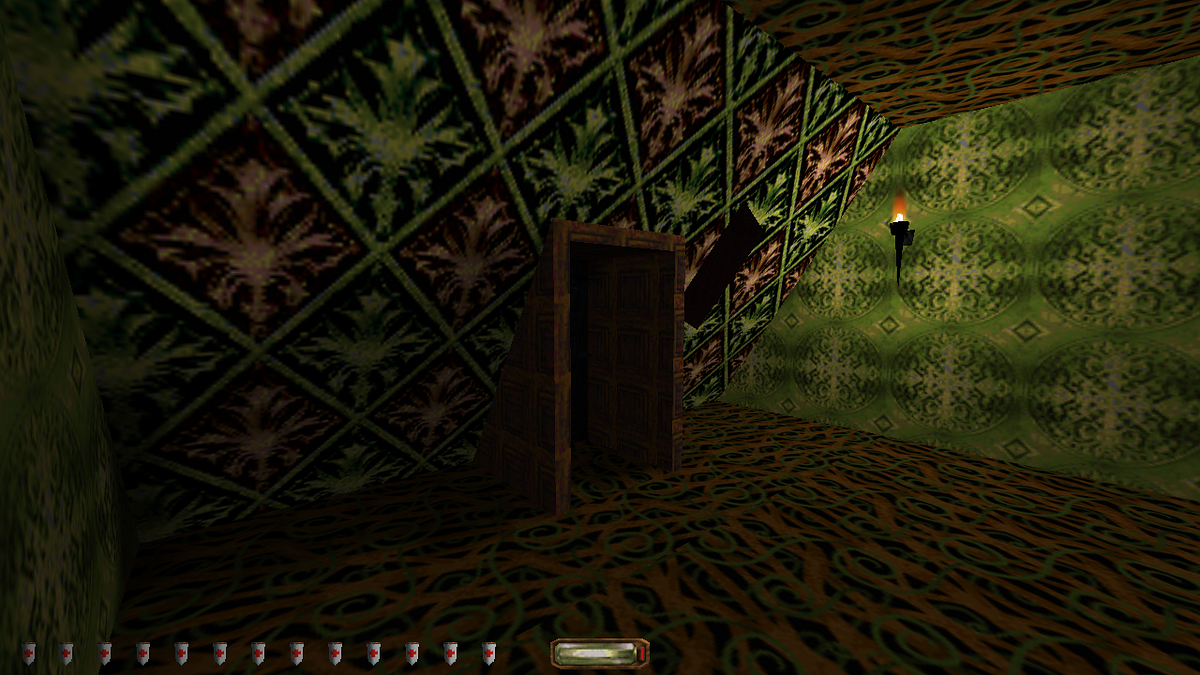I liked in old games (it probably still holds for new games) how there would be bits of the scenery that you could see but never get to, or could only see a part of, so that you could imagine the world extending forever. The less sophisticated the graphics and storytelling/dialogue etc. the more stimulation there was for your imagination.
Those glitches where you'd fall through a wall or the floor in GTA or whatever and just keep falling through formless space or an inversion of the map until you restarted or inexplicably landed somewhere.
Last edited:


